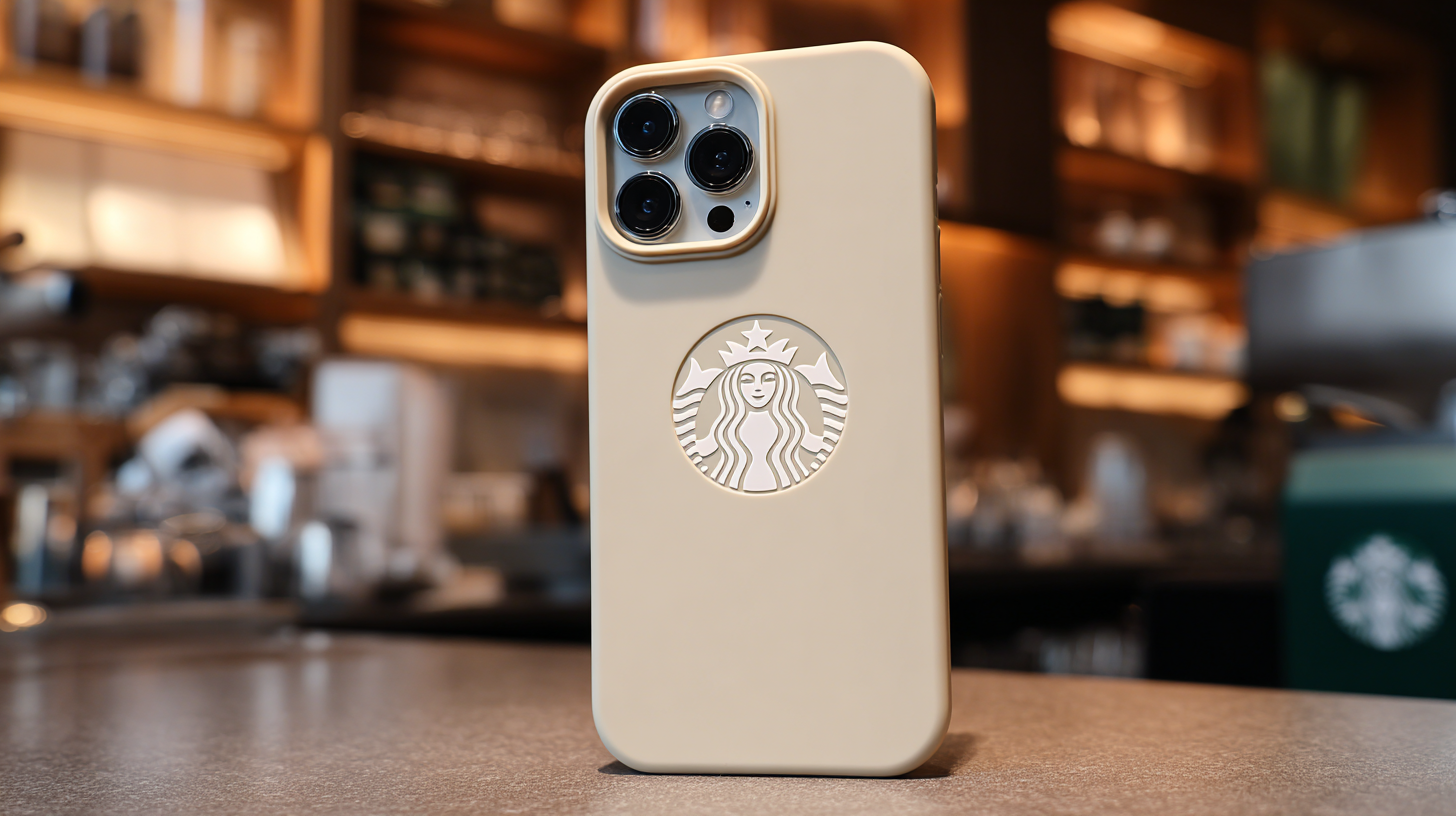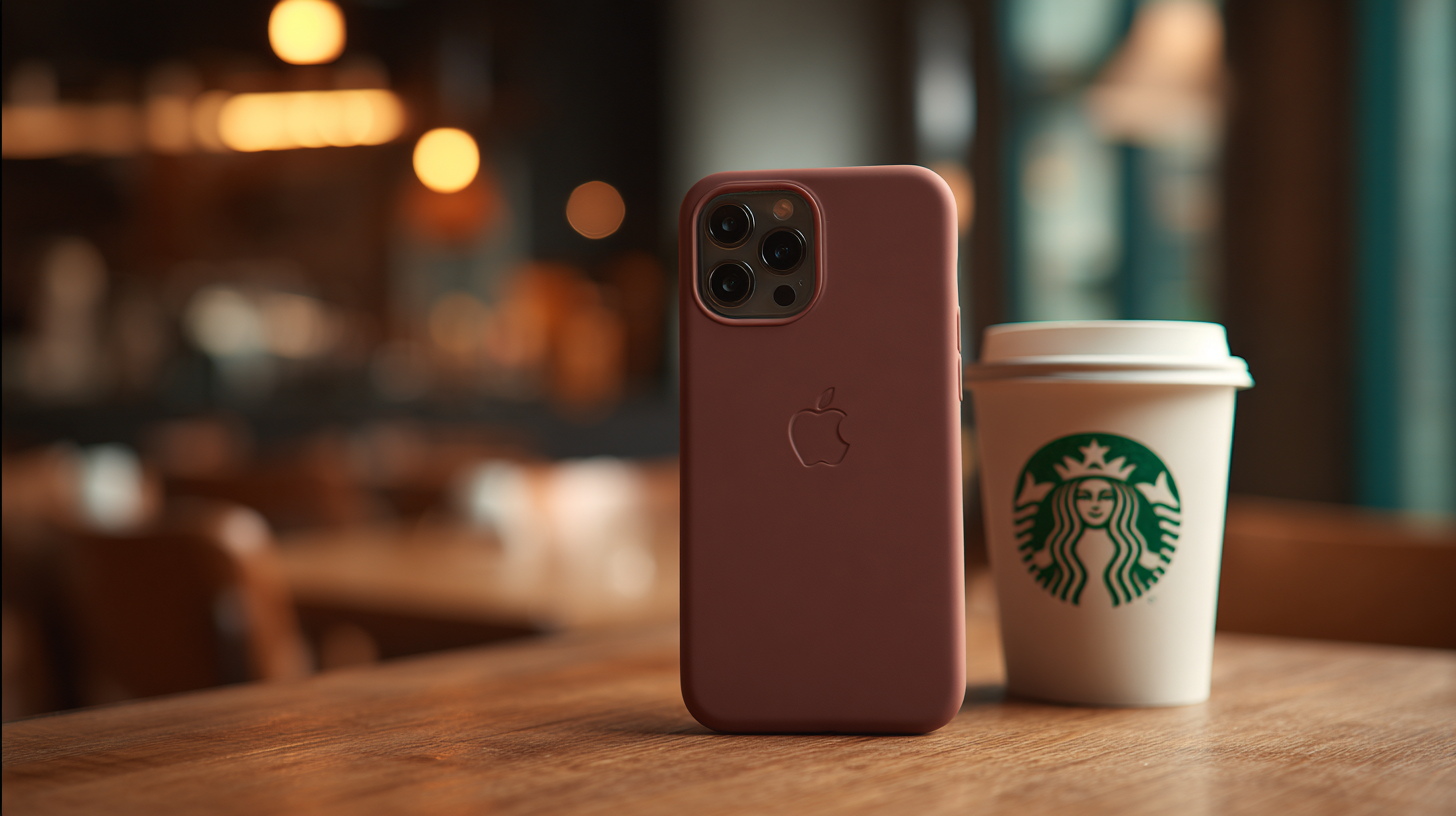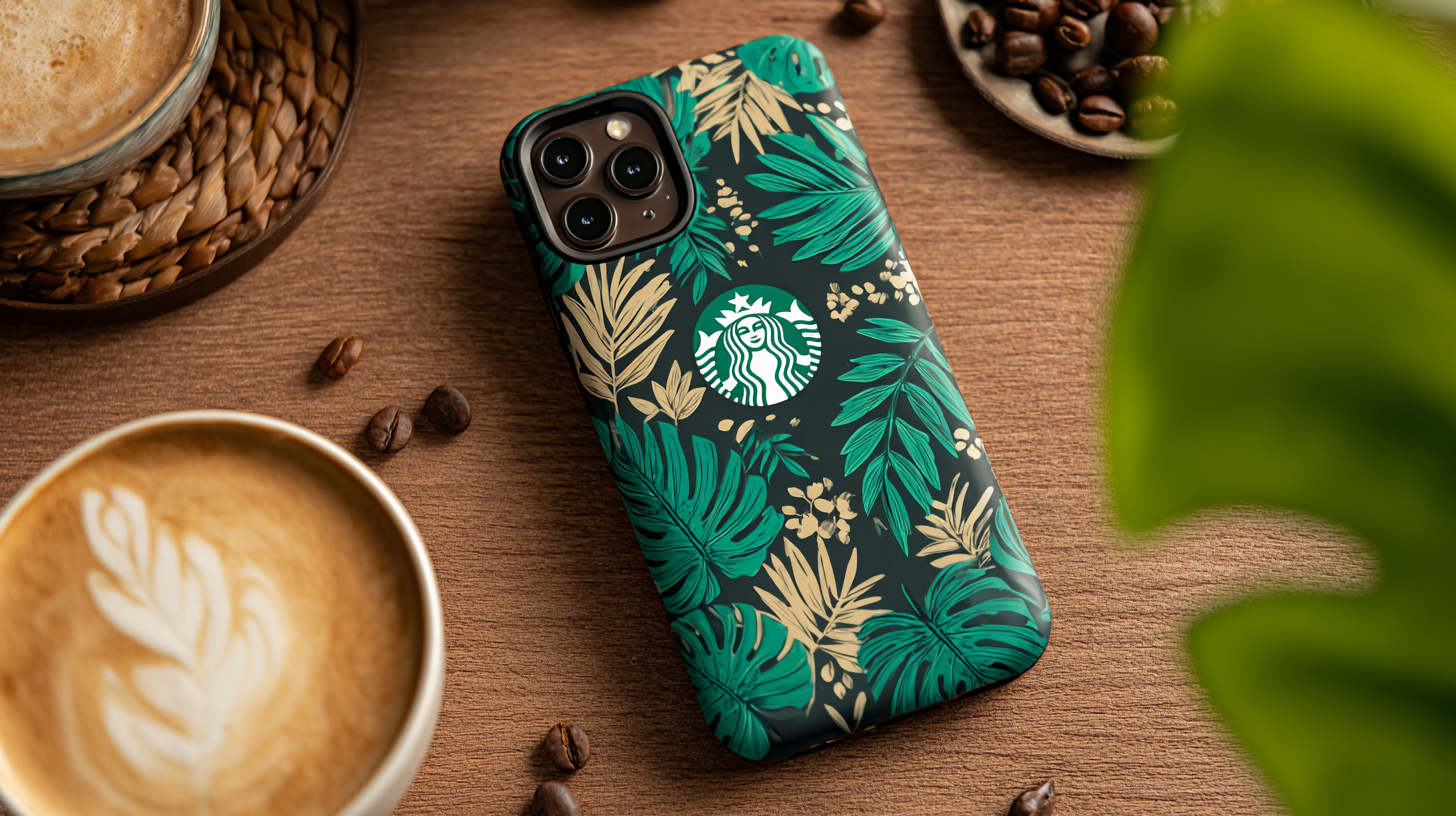How to Navigate Import and Export Certifications for Best Starbucks Phone Cover
In the competitive world of merchandise, having the perfect Starbucks Phone Cover can significantly elevate your brand presence. As the demand for innovative and stylish phone accessories grows, navigating the complexities of import and export certifications becomes crucial for retailers and suppliers alike. This blog aims to guide readers through the essential steps to identify high-quality suppliers while ensuring compliance with international standards. By equipping yourself with a comprehensive checklist, you can streamline the sourcing process, mitigate risks, and ultimately secure a top-notch Starbucks Phone Cover that resonates with customers. Let's delve into the key strategies to find reliable suppliers who meet your certification needs and enhance your product offerings.

Understanding the Importance of Import and Export Certifications in the Phone Cover Industry
In the phone cover industry, import and export certifications play a critical role in ensuring compliance with regulatory standards and enhancing product quality. According to a recent report by the International Trade Administration, over 70% of phone accessories, including covers, are subject to strict certification requirements to ensure they meet safety and environmental standards. This regulatory framework not only protects consumers but also fosters fair trade practices, allowing businesses to gain a competitive edge in a crowded market.
Moreover, obtaining the necessary certifications can significantly improve a company's reputation and open doors to new markets. For instance, a study published by Market Research Future indicates that certified products experience a 30% increase in consumer trust, which directly influences purchasing decisions. Additionally, with the global phone cover market projected to reach $35 billion by 2027, understanding and navigating these certifications can be a decisive factor in driving sales and brand loyalty within this lucrative industry.
Import and Export Certifications Overview in the Phone Cover Industry
This chart illustrates the distribution of various import and export certifications required in the phone cover industry. Understanding these certifications is essential for manufacturers and exporters to comply with international trade regulations.
Key Regulatory Bodies and Their Roles in Product Certification for Phone Accessories
When navigating the complex landscape of import and export certifications for phone accessories like the Best Starbucks Phone Cover, it's essential to understand the key regulatory bodies involved. Organizations such as the Federal Communications Commission (FCC) in the United States, the European Union’s CE marking, and other regional authorities play pivotal roles in ensuring that products meet safety and quality standards. Each regulatory body has specific requirements that manufacturers must comply with, which can vary greatly depending on the target market.
Here are a few tips to streamline the certification process: First, familiarize yourself with the certification requirements of each regulatory body relevant to your product. Creating a checklist can help ensure that you meet all necessary standards before proceeding with import or export. Secondly, consider collaborating with a compliance consultant who specializes in international trade; they can provide invaluable insights into local regulations and help minimize potential hiccups in the certification process. Lastly, always stay updated on changes in regulations, as these can significantly impact the approval processes and timelines for your products.
How to Navigate Import and Export Certifications for Best Starbucks Phone Cover - Key Regulatory Bodies and Their Roles in Product Certification for Phone Accessories
| Certification Body | Role | Certifications Required | Regions Covered |
|---|---|---|---|
| International Organization for Standardization (ISO) | Sets international standards across various industries | ISO 9001, ISO 14001 | Global |
| Federal Communications Commission (FCC) | Regulates interstate communications and certifies electronic devices | FCC ID certification | United States |
| Underwriters Laboratories (UL) | Tests and certifies products to ensure safety and performance | UL Listed Mark | North America, globally recognized |
| European Conformity (CE) | Indicates conformity with health, safety, and environmental protection standards | CE Marking | European Economic Area |
| Institute of Electrical and Electronics Engineers (IEEE) | Provides standards for electrical and electronic devices | IEEE 802.11 | Global |
Common Challenges in Navigating Certification Processes for Phone Covers and How to Overcome Them
 Navigating the certification processes for phone covers, particularly for popular brands like Starbucks, can present several challenges that manufacturers often overlook. According to a 2022 report by Market Research Future, compliance with environmental regulations and safety standards has become a critical factor in consumer electronics, with 80% of manufacturers citing certification as a significant hurdle to market entry. These certifications can include RoHS, CE, and FCC regulations, which demand a thorough understanding of both local and international laws.
Navigating the certification processes for phone covers, particularly for popular brands like Starbucks, can present several challenges that manufacturers often overlook. According to a 2022 report by Market Research Future, compliance with environmental regulations and safety standards has become a critical factor in consumer electronics, with 80% of manufacturers citing certification as a significant hurdle to market entry. These certifications can include RoHS, CE, and FCC regulations, which demand a thorough understanding of both local and international laws.
One major challenge is ensuring that the materials used in phone covers meet these stringent requirements. The Global Compliance Report of 2023 revealed that over 30% of manufacturers reported struggles with sourcing materials that align with sustainability certifications, such as ISO 14001. To overcome this, companies should invest in partnerships with certified suppliers and invest in training their staff on compliance issues. Moreover, embracing digital tools for certification tracking can streamline the process, reduce errors, and ultimately lead to quicker market access. By addressing these common issues proactively, businesses can enhance their product viability in a competitive landscape while ensuring adherence to essential certifications.
Best Practices for Ensuring Compliance with International Standards in Phone Cover Exports
When exporting phone covers, particularly those inspired by popular brands like Starbucks, it's essential to adhere to international standards to ensure compliance and avoid legal complications. Understanding the specific certifications required for different markets is a crucial first step. Each country may have its own regulations regarding materials, design safety, and intellectual property rights, so thorough research into these regulations will help prevent delays in the export process.
Best practices for achieving compliance start with sourcing materials that meet international safety and quality standards. This includes using non-toxic materials that align with environmental regulations. Additionally, obtaining certifications such as CE marking in Europe or ANSI standards in the United States can bolster credibility and assure customers of product reliability. It is also advisable to maintain clear communication with production partners to ensure that every aspect of the manufacturing process aligns with the required certifications, and to conduct regular audits to assess compliance with these standards. By prioritizing certification and regulatory requirements, companies can confidently navigate the complexities of international trade in the phone cover market.
Market Trends and Consumer Preferences Influencing Certification Strategies for Phone Covers
In the evolving market of phone covers, understanding consumer preferences and relevant market trends is crucial for effective import and export certification strategies. With the rising demand for personalized and eco-friendly accessories, brands looking to launch the best Starbucks phone cover must stay attuned to what consumers value. Features such as sustainable materials, unique designs, and compatibility with the latest phone models are influencing purchasing decisions. As a result, certification that emphasizes environmental responsibility and quality assurance can create a competitive edge in a saturated market.
Moreover, market trends suggest a growing emphasis on transparency and ethical production. Consumers are increasingly concerned about where and how their products are made, prompting brands to obtain certifications that reflect compliance with international labor standards and environmental regulations. By aligning certification strategies with these consumer preferences, companies can not only enhance their brand reputation but also build trust and loyalty among their customer base. This strategic approach will ultimately drive sales and improve market positioning for those intending to enter or expand within the phone cover industry.




